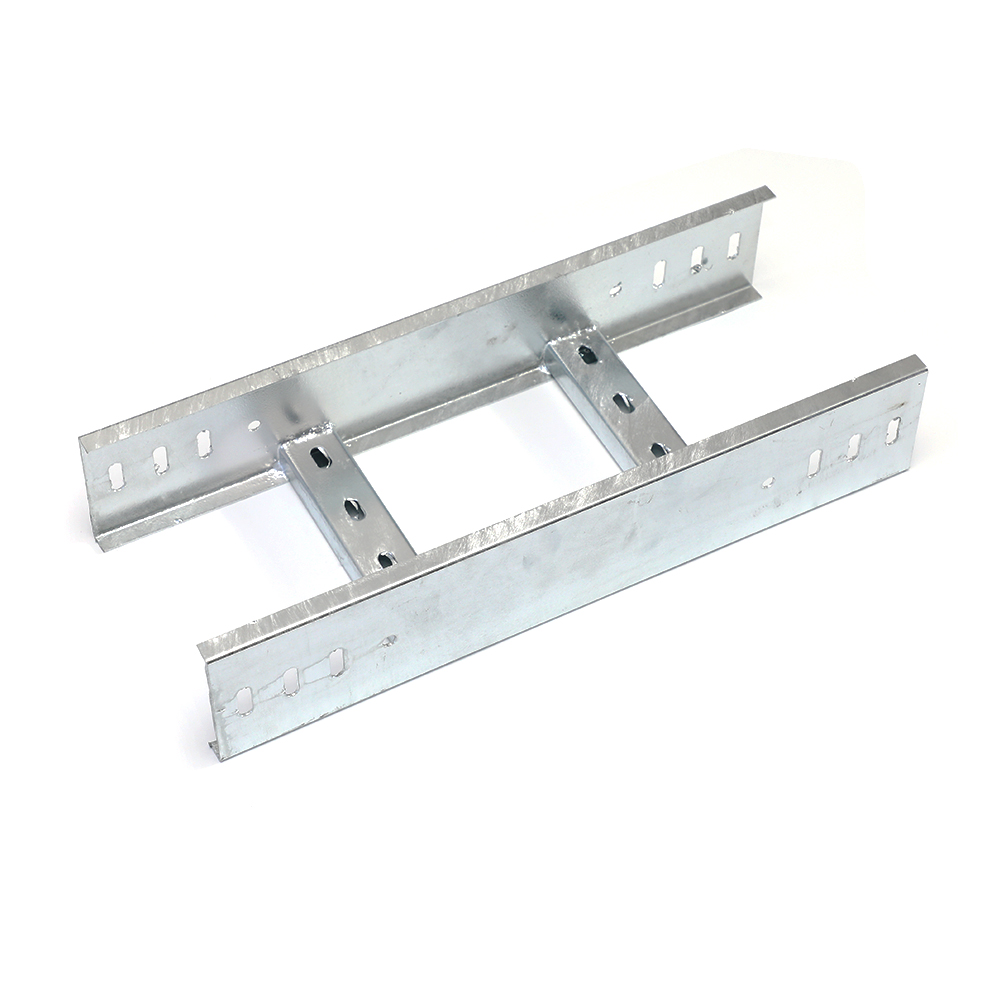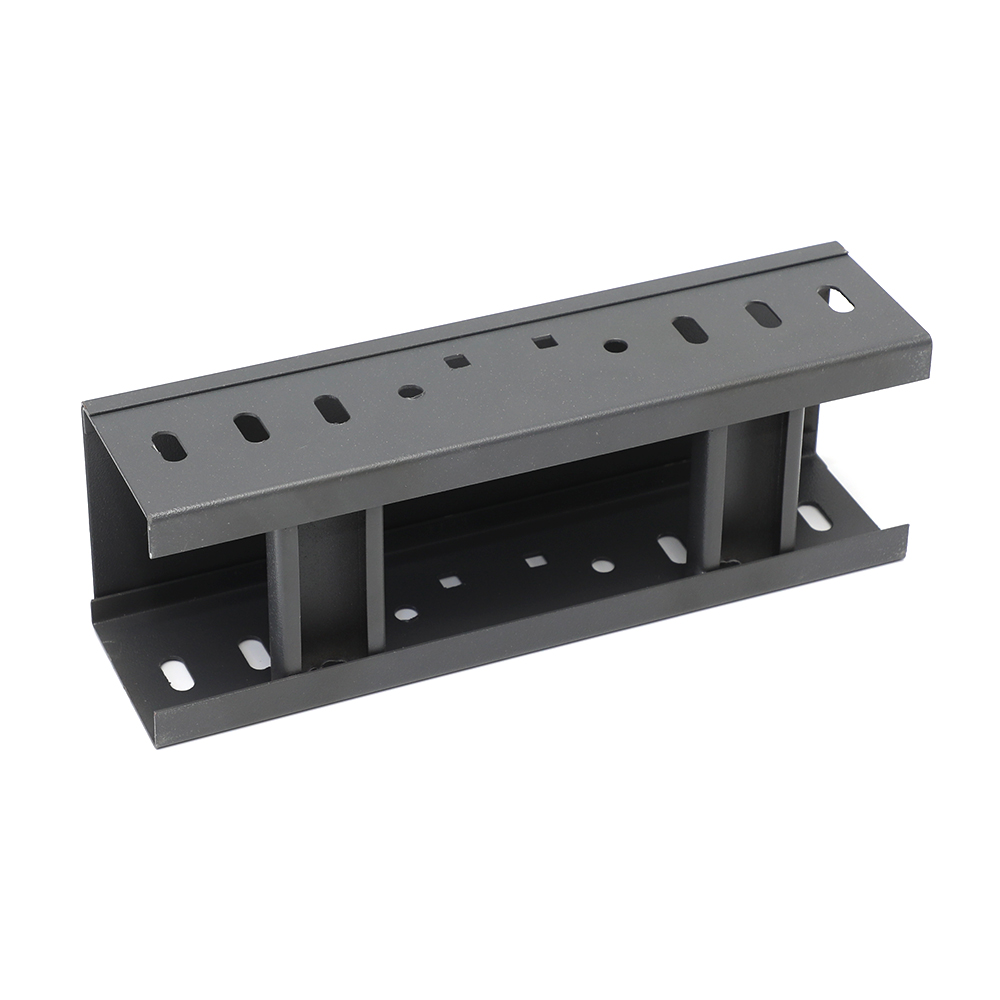Aluminum cable trays are an essential component of modern electrical installations and infrastructure, providing a safe, efficient, and organized pathway for the management and support of cables in industrial, commercial, and residential buildings. They serve as a backbone to house and protect wiring systems from damage, environmental factors, and potential hazards, ensuring optimal performance and longevity of the cables. This article delves into the world of aluminum cable trays, their composition, applications, advantages, installation considerations, and their role in sustainable building practices.

1. What is an Aluminum Cable Tray?
An aluminum cable tray is a type of cable management system that’s designed to route and support various types of electrical cables and wires. It typically consists of an open framework made from extruded or welded aluminum sections, which can be assembled in different configurations such as ladder-type, perforated, solid bottom, or wire mesh trays. The design allows for easy access, modification, and expansion of the cable network while promoting proper air circulation and heat dissipation around the cables.
2. Composition and Varieties
Aluminum cable trays are known for their lightweight yet sturdy construction. Made from high-grade aluminum alloys, they offer excellent corrosion resistance, durability, and strength-to-weight ratio. Different varieties include:
Ladder Type: Resembling a ladder structure, with two longitudinal side rails connected by crossbars at regular intervals. This design offers ample ventilation and easy cable laying.
Solid Bottom: Ideal for environments where protection from dust and debris is critical, these trays have a solid base plate and optional covers.
Perforated: Combines the benefits of both ladder and solid-bottom trays, offering ventilation along with some degree of protection against falling debris.
Wire Mesh: Characterized by interwoven metal wires forming a grid pattern, it provides a balance between support, airflow, and cost-effectiveness.
3. Applications and Use Cases
Aluminum cable trays find extensive use across a broad spectrum of industries and applications due to their versatility and adaptability. These include:
Industrial Plants: For power distribution, control wiring, and communication lines in manufacturing facilities, processing plants, and warehouses.
Commercial Buildings: In office spaces, shopping malls, and hospitals for managing HVAC, lighting, data, and communication cables.
Data Centers: To accommodate vast amounts of cabling in an organized and easily accessible manner, allowing for rapid changes and expansions.
Outdoor Installations: Due to their corrosion-resistant properties, aluminum cable trays are suitable for outdoor use in harsh weather conditions.
4. Advantages of Using Aluminum Cable Trays
Durability: Aluminum’s inherent resistance to corrosion makes it ideal for long-term usage without degradation.
Lightweight: Its low weight reduces the load on structural supports and simplifies installation procedures.
Fire Resistance: Aluminum has a higher melting point compared to other common cable tray materials, offering improved fire safety.
Recyclability: Aluminum is 100% recyclable, contributing to green building initiatives and sustainability goals.
Cost-Effective: Despite initial costs, aluminum trays often prove more economical over their lifespan due to their longevity and low maintenance needs.

5. Installation Considerations
Proper installation of aluminum cable trays involves adherence to local electrical codes and standards. Factors like load-bearing capacity, correct spacing between supports, clearance from combustible materials, and compatibility with the type and size of cables must be considered. Additionally, proper grounding and bonding techniques are crucial to ensure safety and prevent electrical interference.
6. Sustainability and Future Trends
In line with global efforts towards sustainability, aluminum cable trays contribute significantly to green building designs. Their high recycled content, recyclability, and energy efficiency during production make them a preferred choice in environmentally conscious projects. Furthermore, advancements in aluminum fabrication technologies promise even lighter, stronger, and more versatile cable tray solutions for future applications.
Conclusion:
Aluminum cable trays represent a smart, sustainable investment in any electrical infrastructure project. Their unique combination of practicality, durability, and eco-friendliness ensures that they remain a staple in the evolving landscape of electrical installations worldwide. As technology continues to advance and sustainability becomes ever more critical, aluminum cable trays will undoubtedly play a pivotal role in shaping the future of cable management systems.

